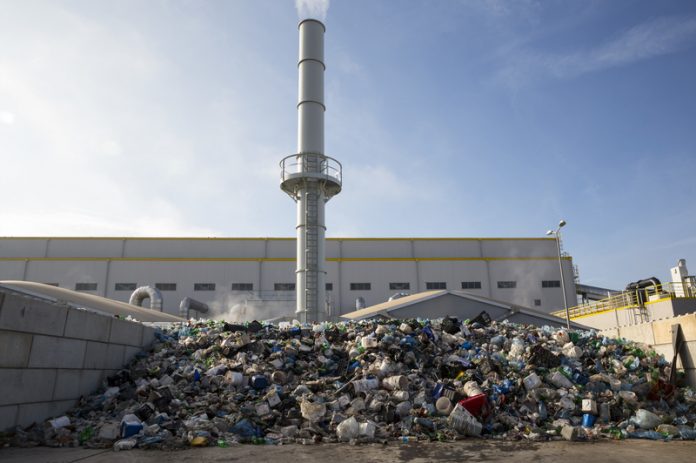Indaver share their insight into the development of energy-from-waste (EfW) over the years and outline the many ways by which developers work to ensure that their plants do not pose a risk to human health
The public often worry that energy-from-waste (EfW) plants are causing pollution or lowering air quality in their vicinity. In fact, EfW plants are highly regulated and have strict emissions limits on a wide range of parameters, many of which are monitored on a continuous basis. These are currently not reported in a consistent manner across the industry, but emissions data can be found in one form or another so that the public can re-assure themselves with regards to what any particular EfW plant is emitting into the atmosphere.
It’s subsequently surprising to find that a large proportion of the public continue to presume that EfW plants pose a significant risk to nearby communities, while endorsing commodities that are comparatively more hazardous. For example, while vehicle emissions are controlled by MOT test limits, the number of vehicles on the road and the miles they travel are not limited, meaning the contribution to air pollution of an individual car cannot be known. By comparison, an EfW plant’s effect on air quality can be accurately measured and in 2015, EfW produced 0.71% of the UK’s NOx emissions, compared to 31.7% emitted by vehicle exhausts. Seemingly, these developments are not the danger they’re often assumed to be.
Traffic is evidently a concerning source of pollution, but what about enjoyable things like a cosy wood-burning fire, a bonfire or some fireworks? While warming yourself before a bonfire, listening to the crackle of wood, watching the flames dance and toasting marshmallows, is anybody really worried about the pollution being caused? Of course not. You would probably realise there was a problem if you’d thrown some plastic or some treated wood onto the bonfire as the acrid smoke would give it away, but aside from that we actually like the smell of wood smoke. As fireworks explode in spectacular displays overhead, are any of the spectators concerned about the dioxins being produced? Or are they merely enjoying the display?
The emissions from any single bonfire or firework display are limited and affect only the immediate vicinity. The smoke, and any harmful pollutants are soon blown away and out of our thoughts. Public displays are carefully managed from a health and safety standpoint, but nothing can control their emissions into the atmosphere.
Bonfire night is purely for entertainment and serves no practical benefit to compensate for any air pollution caused. The limited, tightly controlled emissions to air from an EfW plant, however, are the by-product of a process that has several benefits: disposing of residual, unrecyclable waste; producing ash that can be converted into aggregate for the construction industry; and providing energy in the form of electricity, steam and hot water.
People will continue to enjoy bonfires and fireworks, as they have done for centuries. Although, while working at an EfW plant is probably not so much fun and you don’t get to toast marshmallows over the furnace, nobody comes home smelling of smoke. EfW plants actually cause less harm to the environment than bonfire night, as proven by a quickly accumulating abundance of evidence. For example, it has been reported by the Environmental Agency that ‘during the Millennial celebrations in London the emissions from one 15-minute, 35-ton firework display equalled 120 years of dioxin emissions from the SELCHP waste incinerator’. Meanwhile, ‘the Environment Agency estimates that in a year, the whole Energy Recovery industry produces about one-sixth of the dioxins produced by one 5th November Bonfire Night’.
So why are EfW plants often thought to be worse? Maybe it’s because they are huge, industrial buildings and many people have an innate distrust of large companies. On the other hand, nobody assumes their neighbour’s bonfire is having a detrimental effect on air quality. EfW plants also suffer from negative publicity; they are almost always described in the press as ‘controversial’, which tends to become self-fulfilling. They are seen as controversial by their opponents, but the majority of plants are recommended for planning approval by professional planning officers who assess the facts and gather opinions through consultation, with a wide variety of other experts.











